Jialing Huang
An Improved Equiangular Division Algorithm for SBR based Ray Tracing Channel Modeling
Aug 22, 2022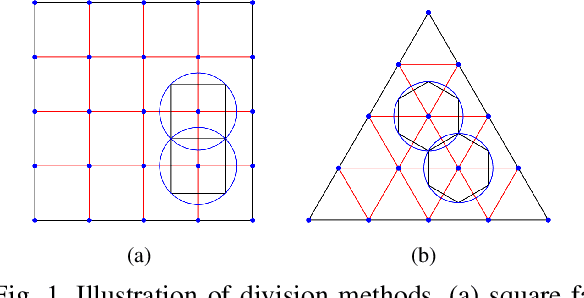
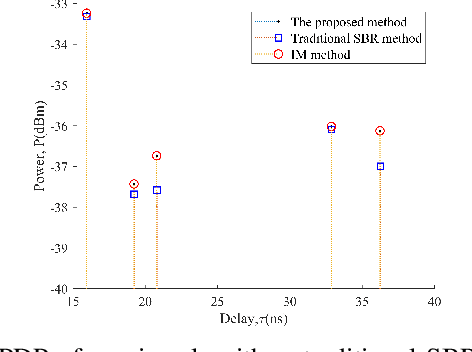
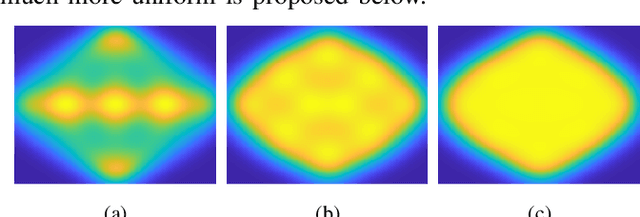
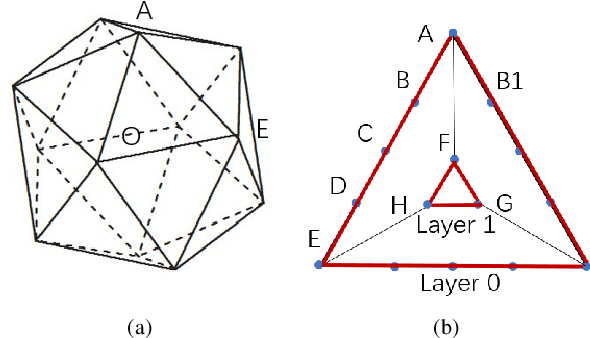
Abstract:Compared with image method (IM) based ray tracing (RT), shooting and bouncing ray (SBR) method is characterized by fast speed but low accuracy. In this paper, an iterative precise algorithm based on equiangular division is proposed to make rough paths accurate, allowing SBR to calculate exact channel information. Different ray launching methods are compared to obtain a better launching method. By using equiangular division, rays are launched more uniformly from transmitter (Tx) compared with the current equidistant division method. With the proposed iterative precise algorithm, error of angle of departure (AOD) and angle of arrival (AOA) is below 0.01 degree. The relationship between the number of iterations and error reduction is also given. It is illustrated that the proposed method has the same accuracy as IM by comparing the power delay profile (PDP) and angle distribution of paths. This can solve the problem of low accuracy brougth by SBR.
An Improved Ray Tracing Acceleration Algorithm Based on Bounding Volume Hierarchies
Aug 22, 2022



Abstract:Ray tracing is an efficient channel modeling method. However, the traditional ray tracing method has high computation complexity. To solve this problem, an improved bounding volume hierarchies (BVH) algorithm is proposed in this paper. Based on surface area heuristic (SAH) and spatial distance, the proposed algorithm can effectively reduce the number of unnecessary intersection tests between ray and triangular facets. In addition, the algorithm fully considers the influence of ray action range, which can not only make up for the defects of spatial division based on uniform grid method and k-dimensional (KD) tree, but also solve the problem of unsatisfactory spatial division based on traditional BVH algorithm. The simulation results show that compared with the traditional BVH algorithm, the proposed algorithm can improve the computation efficiency by 20% to 35% while ensuring the computation accuracy.
An SBR Based Ray Tracing Channel Modeling Method for THz and Massive MIMO Communications
Aug 22, 2022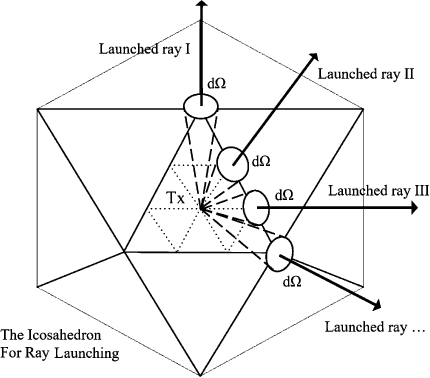
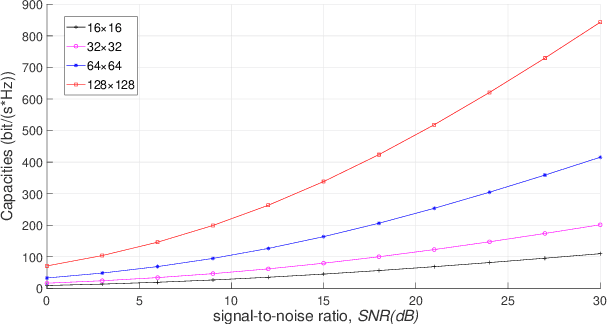
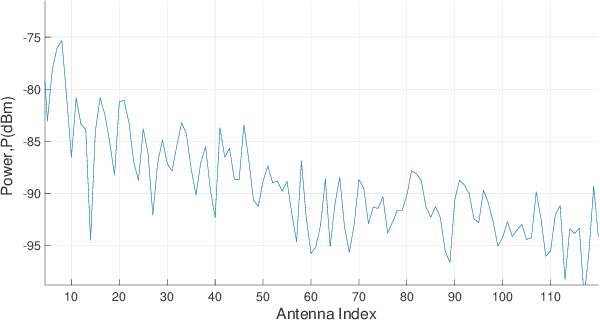
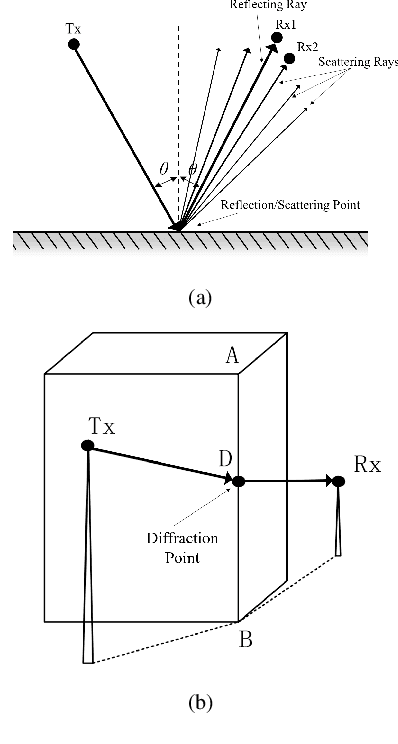
Abstract:Terahertz (THz) communication and the application of massive multiple-input multiple-output (MIMO) technology have been proved significant for the sixth generation (6G) communication systems, and have gained global interests. In this paper, we employ the shooting and bouncing ray (SBR) method integrated with acceleration technology to model THz and massive MIMO channel. The results of ray tracing (RT) simulation in this paper, i.e., angle of departure (AoD), angle of arrival (AoA), and power delay profile (PDP) under the frequency band supported by the commercial RT software Wireless Insite (WI) are in agreement with those produced by WI. Based on the Kirchhoff scattering effect on material surfaces and atmospheric absorption loss showing at THz frequency band, the modified propagation models of Fresnel reflection coefficients and free-space attenuation are consistent with the measured results. For massive MIMO, the channel capacity and the stochastic power distribution are analyzed. The results indicate the applicability of SBR method for building deterministic models of THz and massive MIMO channels with extensive functions and acceptable accuracy.
Reconfigurable intelligent surfaces: Channel characterization and modeling
Jun 06, 2022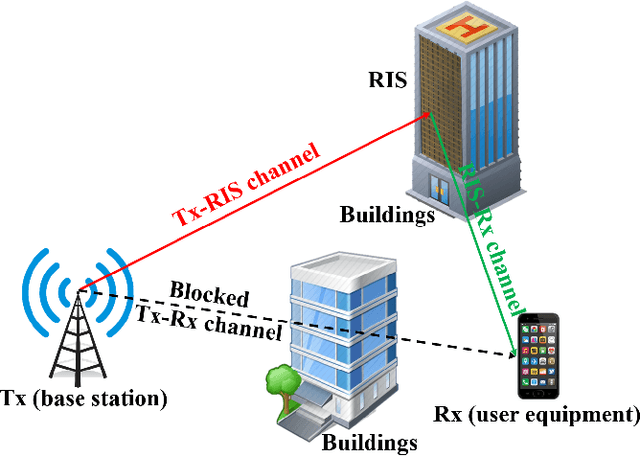
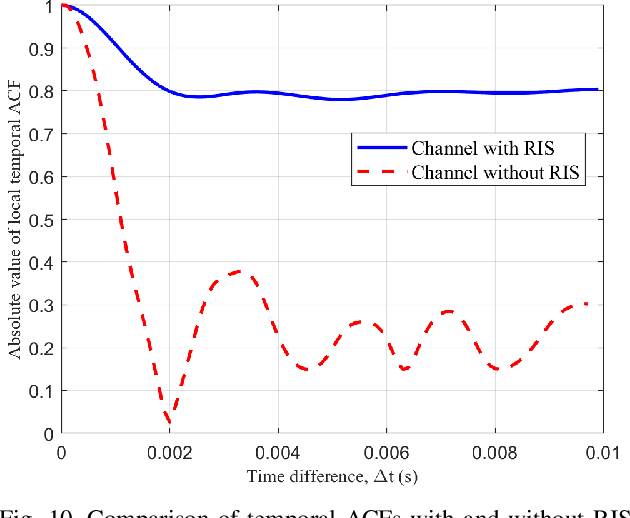
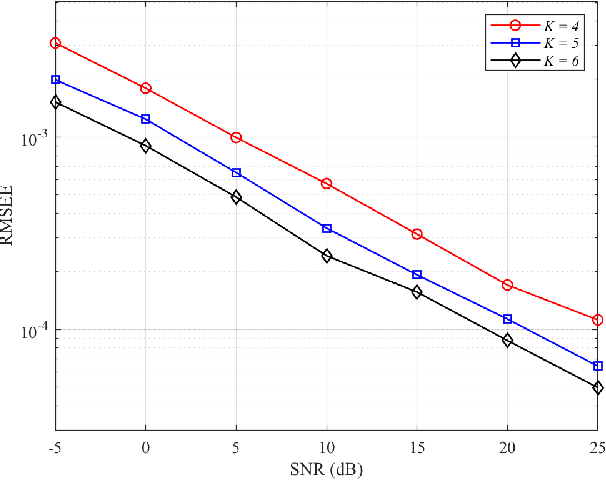
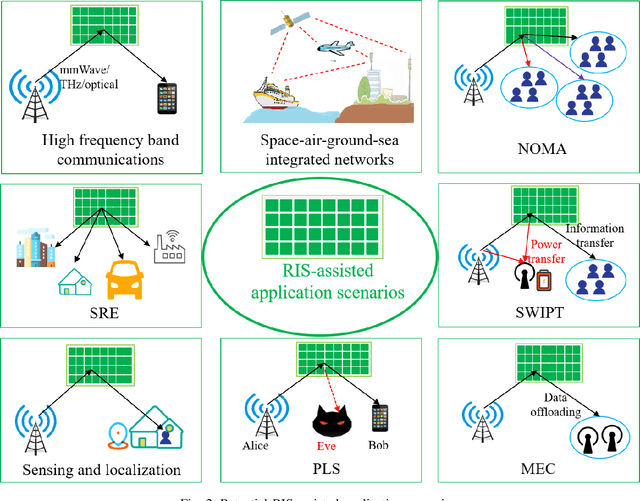
Abstract:Reconfigurable intelligent surfaces (RISs) are two dimensional (2D) metasurfaces which can intelligently manipulate electromagnetic waves by low-cost near passive reflecting elements. RIS is viewed as a potential key technology for the sixth generation (6G) wireless communication systems mainly due to its advantages in tuning wireless signals, thus smartly controlling propagation environments. In this paper, we aim at addressing channel characterization and modeling issues of RIS-assisted wireless communication systems. At first, the concept, principle, and potential applications of RIS are given. An overview of RIS based channel measurements and experiments is presented by classifying frequency bands, scenarios, system configurations, RIS constructions, experiment purposes, and channel observations. Then, RIS based channel characteristics are studied, including reflection and transmission, Doppler effect and multipath fading mitigation, channel reciprocity, channel hardening, rank improvement, far field and near field, etc. RIS based channel modeling works are investigated, including largescale path loss models and small-scale multipath fading models. At last, future research directions related to RIS-assisted channels are also discussed.
 Add to Chrome
Add to Chrome Add to Firefox
Add to Firefox Add to Edge
Add to Edge